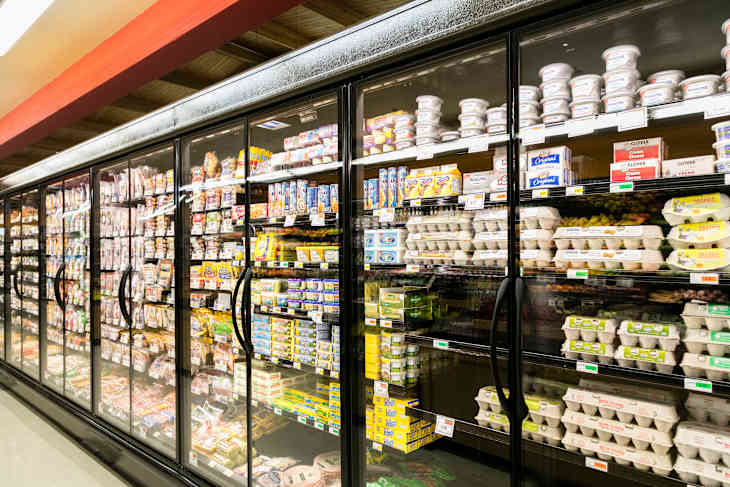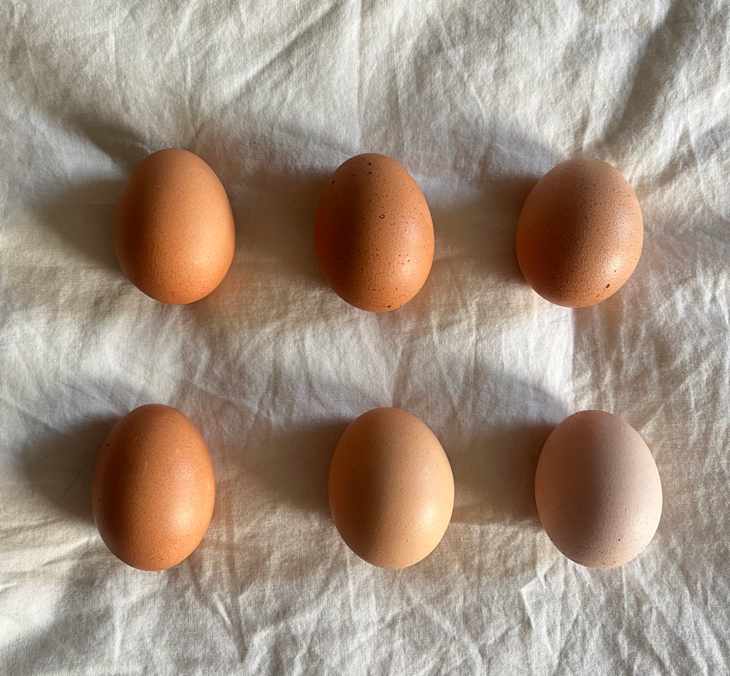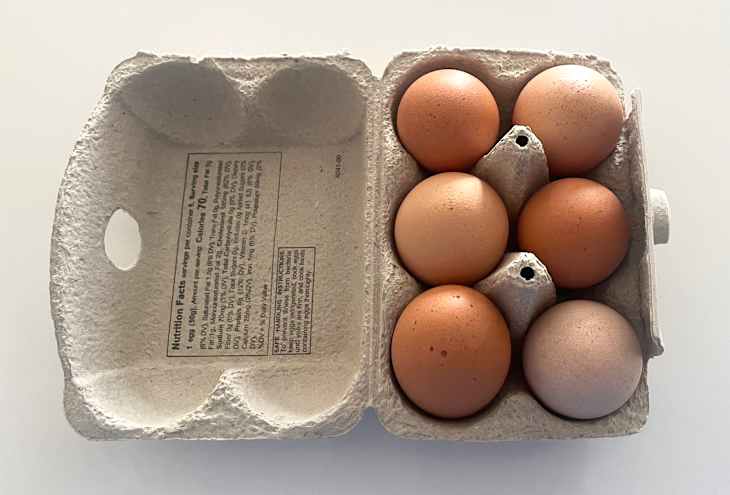

Ah, eggs. These protein-packed parcels have nourished humans for millennia — so simple, so ordinary, that we forget what a marvel of nature they are. They’re a cornerstone of breakfast, add height to our cakes, enrich a Whiskey Sour, and pull together entire meals in mere minutes.
Buying a carton at the grocery store has become such a routine errand that we rarely give it a second thought (except for when it comes to checking prices). But the last thing you want is to get home and find that your precious eggs have cracked shells or (gasp) mold growing on them. A quick, thoughtful check with what I call the “lift test” before placing that carton into your shopping cart can make all the difference — and save you another trip to the grocery store. Here’s how to do it.

Why You Should Always Inspect Each Egg Before You Buy Your Next Carton
It might sound obvious, but open the carton. Take a peek inside. “Best by” dates aren’t foolproof — temperature changes and storage conditions can stretch or affect an egg’s lifespan well past what’s printed on the label.
When you open your carton, you might notice eggs in a mix of shades; that’s completely normal and depends on the hen’s genetics. Those tiny brown or reddish flecks inside the shell? They’re called blood spots, but despite the name, they’re harmless: simply little protein deposits formed during egg production. What you don’t want to see is anything powdery, fuzzy, or tinged blue or green, which can signal mold. If there are any signs of cracks or leakage, skip that carton altogether.
After scanning the carton, you’ll want to gently lift each egg from its cell using your thumb and index finger. A good egg will pop out easily. If it feels glued down, chances are it’s cracked on the bottom, and the leaking whites have dried into the carton. Much like produce, it’s perfectly acceptable to touch eggs while you inspect them for freshness, and often a necessary step to ensure safety, so don’t be shy.

What You Should Do if You Find Cracked or Spoiled Eggs
Flag it to the cashier. Even one cracked egg can risk contaminating the rest of the carton with salmonella. Many grocery stores, including Trader Joe’s, will remove the broken egg and donate the rest to food banks like City Harvest or send it to composting facilities.
That tiny moment of diligence helps keep others safe, supports food recovery programs, and prevents food waste. A small act, but one that makes a surprisingly big impact — for the next shopper, the hungry, and the planet.
Have you heard of the lift test before? Let us know in the comments.
The Weekly Checkout
Sign up for The Weekly Checkout to get the most up-to-date grocery news, tips, and highlights.